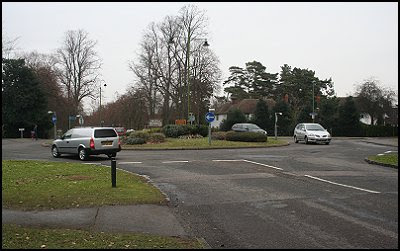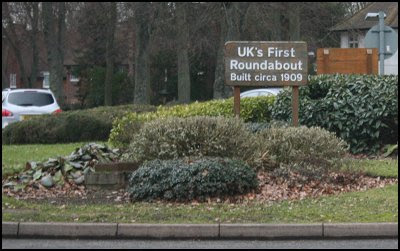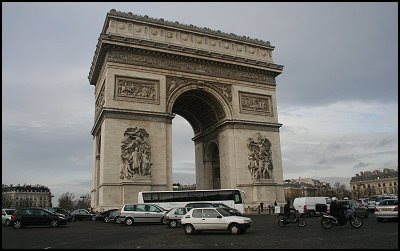On Wednesday Clive and I gave a workshop on Project Management to an audience of learning providers - colleges, universities, local authorities and one private provider - in the wonderful setting of the Old Kitchens of Queens' College, one of the colleges of Cambridge University.

Queens' rather than Queen's because it was founded originally by the Queen of Henry VI, Margaret d'Anjou in 1448. For some reason it was refounded in 1465 by Elizabeth Woodville, the Queen of Edward IV and therefore the placing of the apostrophe in Queens' College is correct.
Above is seen the Cloister Court. There is a modern and a medieval "side" to the college, with each being separated by the River Cam. We were in the medieval side, or the Dark Side as it is known affectionately. The Cloister Court was built in the 1490s, though the President's Lodgings, facing onto the river, is 30 years earlier.
It was raining quite heavily that day but I couldn't let that put me off whizzing round with the camera for a couple of minutes at lunchtime.

Leading from the Cloisters up through a corridor with the Old Kitchens on the right and a sumptuous Banqueting Hall on the left are these well-worn stone steps. Walking straight through brings you to a second, earlier courtyard, the Old Court. First however we'll have a peek through that door on the left into the Banqueting Hall.

I've seldom been in a more impressive room, even walking through the likes of Windsor Castle. This room is awe inspiring with its ceiling guarded by gilded angels projecting from beams, the gold leaf decorations and the age-blackened panelling. And this in an education establishment! How different from the canteen to where I was marched in a long crocodile in Form 2 at Heywood Grammar... Do the diners here have to put up with lumpy tapioca and semolina, haricot baked beans served without the saving grace of a tomato flavoured sauce...

I left the room only with reluctance and turned left to the Old Court with this magnificent Gatehouse at the opposite side. It was a brilliant venue to give one of our workshops and I'd like to thank both the Queens' College and the JISC Regional Support Centre, Eastern for making such a splendid venue available to us.

















